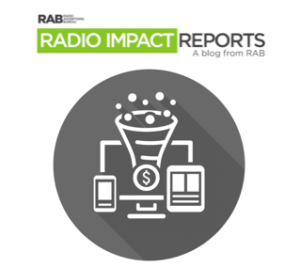
Read as PDF: Marketing Mix Models and Attribution Modeling
| Marketing Mix Models | Attribution Modeling | ||
| Positives | Gives the organization, particularly finance, confidence | Agile and dynamic | |
| Evaluates all marketing expenditures on the same basis | is highly granular and works at a finer cadence. | ||
| Offers holistic view | |||
| Broad and comprehensive, but shallow | Granular and fast | ||
| Lacks granularity and timeliness to guide campaigns | Measures the effect of individual creative executions | ||
| Reveals the drivers of the brand’s marketplace results | Operates continuously in campaign, drives more effective copy and media placement decisions in-flight | ||
| Correctly identifes the contribution of each of the underlying causal factors. | Now based on sound statistical modeling with parameters fitted to real data. | ||
| Offers the ultimate in granularity and timeliness, promising clear and immediate guidance | |||
| Can drive better ad choice and placement decisions in a continuous improvement process | |||
|
|
|
||
| Negatives | Too slow, too macro and too backwards-thinking | Blind to the effect of traditional media, the rest of the marketing mix and the brand itself. | |
| Campaign-level creative is rarely considered | Grossly overstates of the impact of digital media | ||
| Can’t isolate the effect of the right message to the right consumer in the right moment, | Previously, credit for sales generation was assigned a priori | ||
| Assesses last year’s campaign, not the current campaign | Techniques in use range from time-series models to game theoretic approaches; No consensus yet on which techniques are most suitable | ||
| Limited ability to drill deeply into the factors that caused the outcome | Challenge busting the media siloes between digital and traditional media | ||
| Only broad media types are evaluated | Other traditional media have proven to be more difficult | ||
| Important non-media marketing factors outside the realm | |||
| Challenge of identifying all of the digital devices the household uses | |||
| A lot of coverage, bias, imputation, and estimation go into the process |
